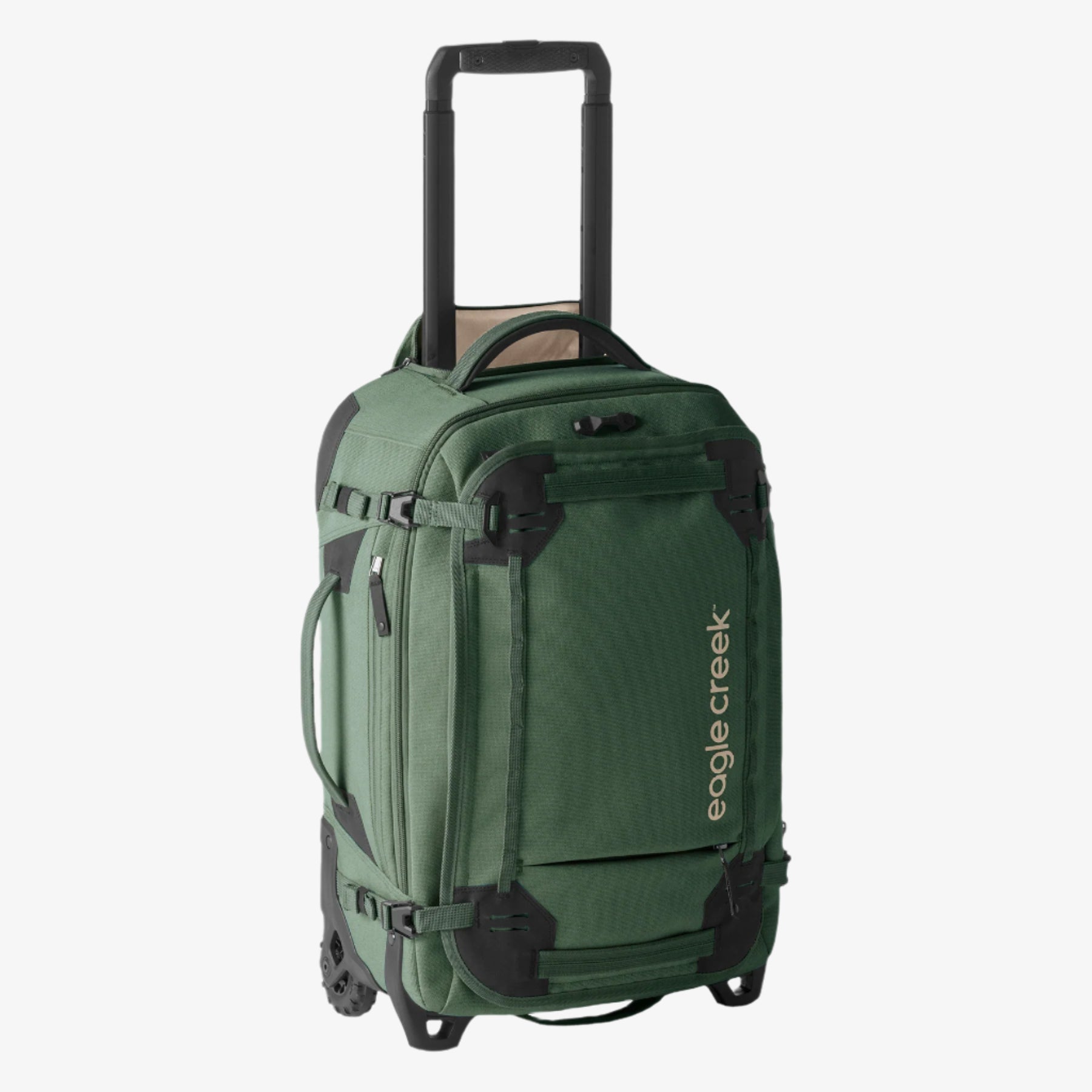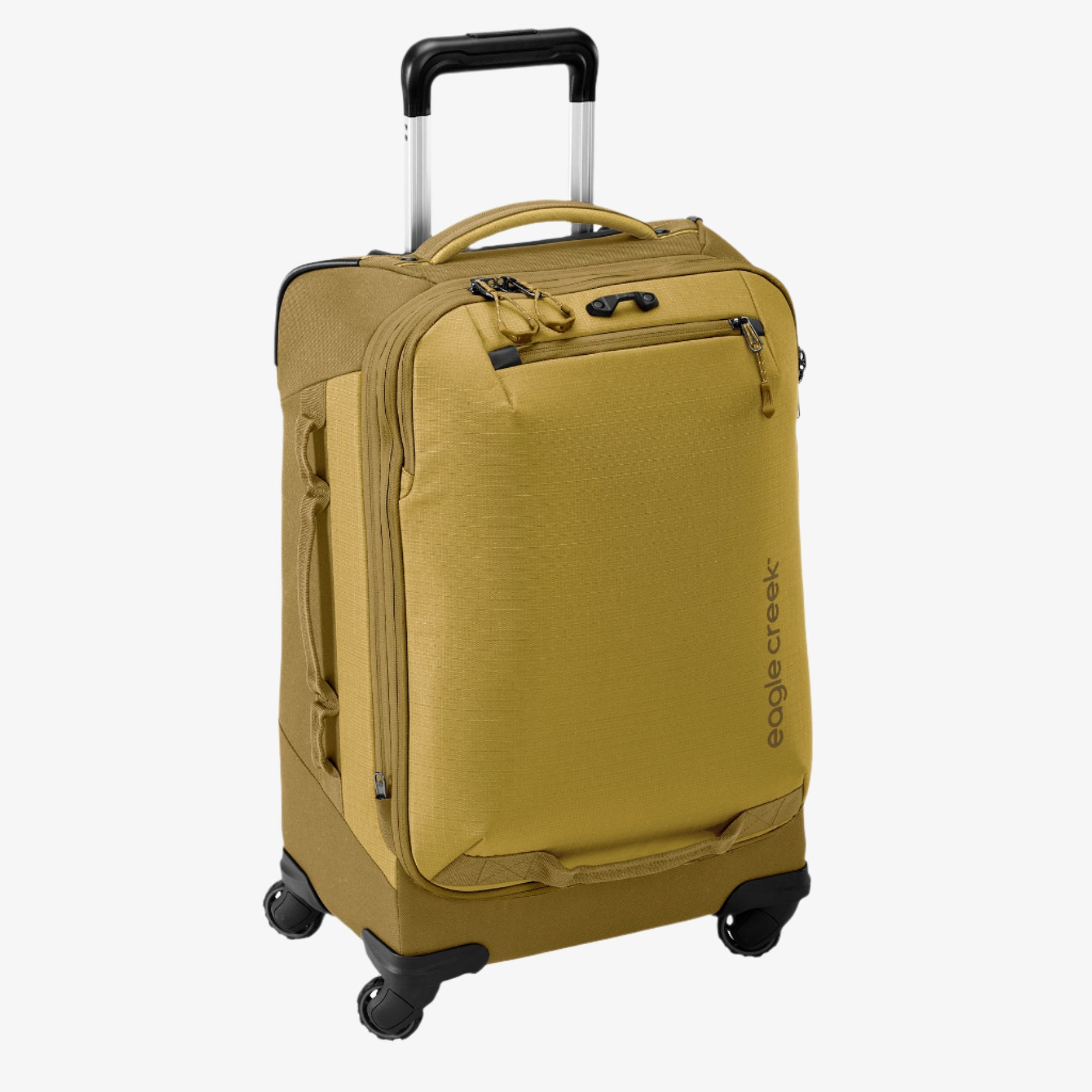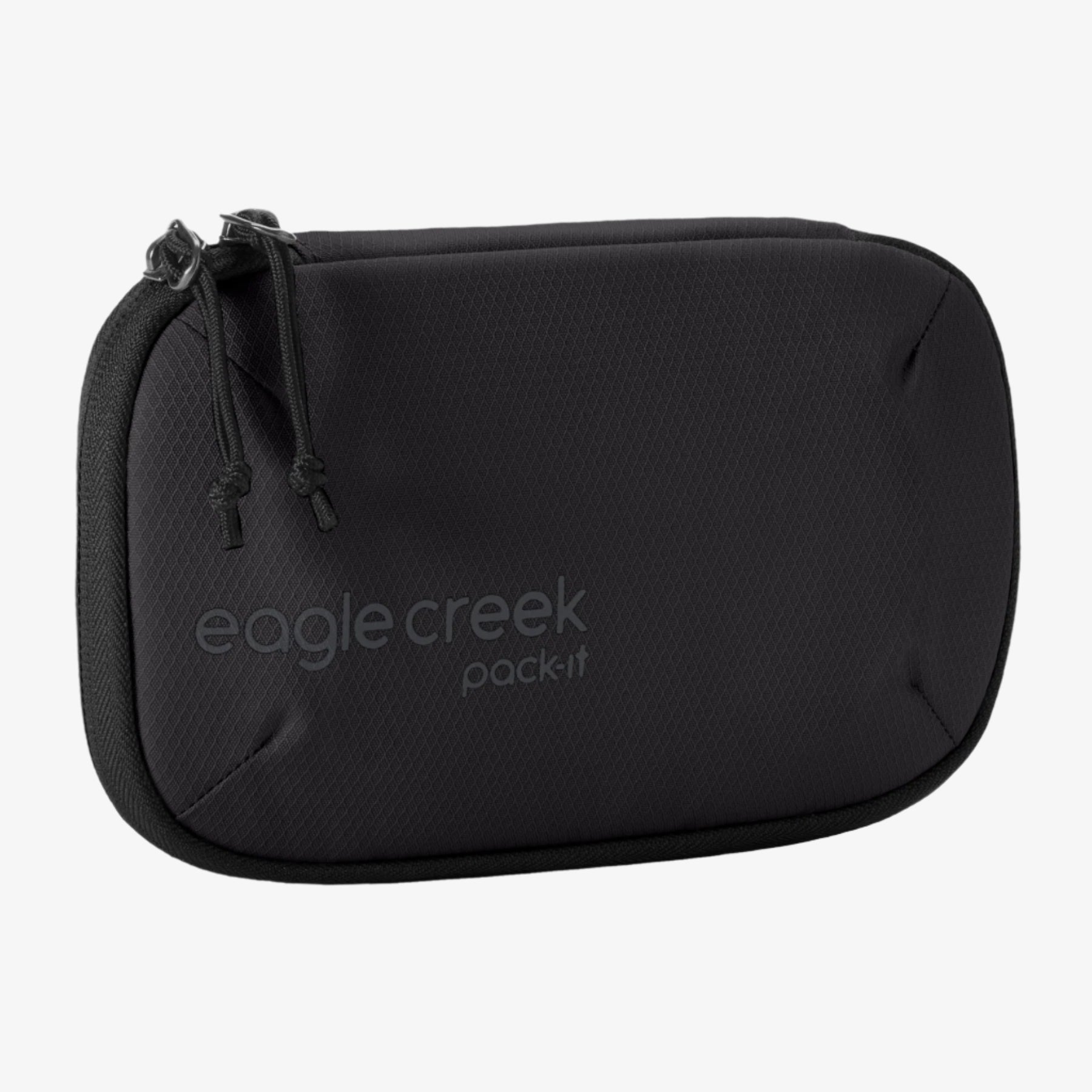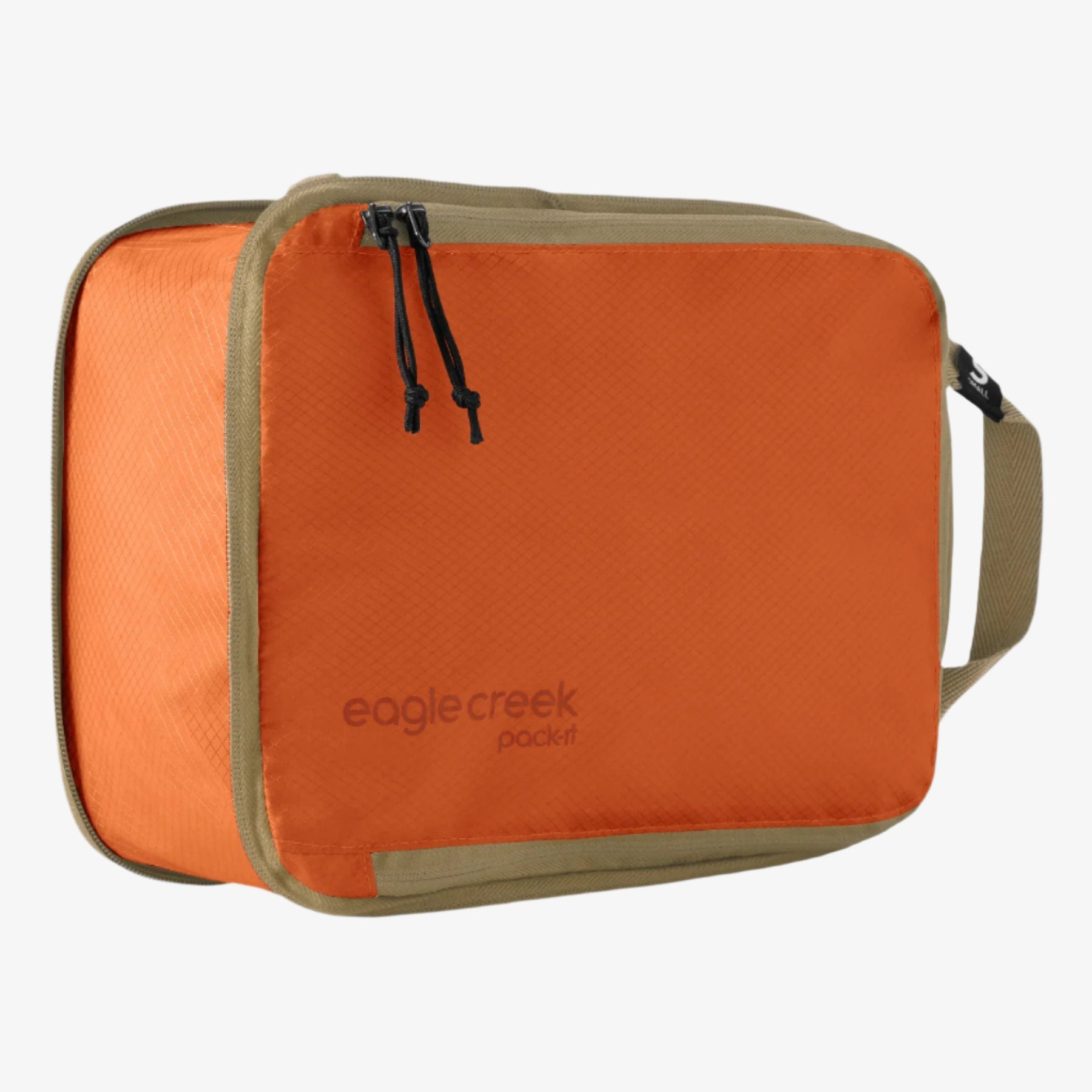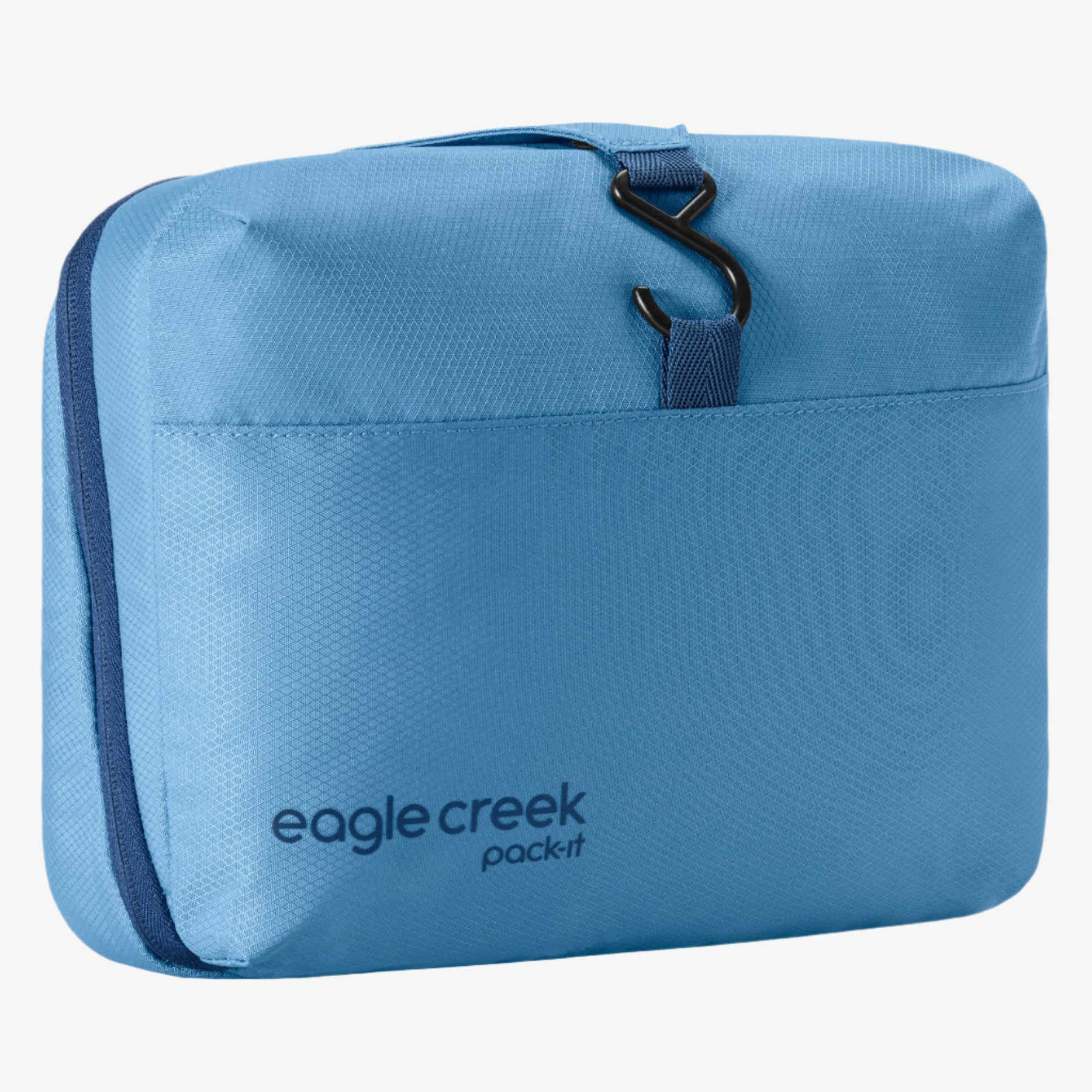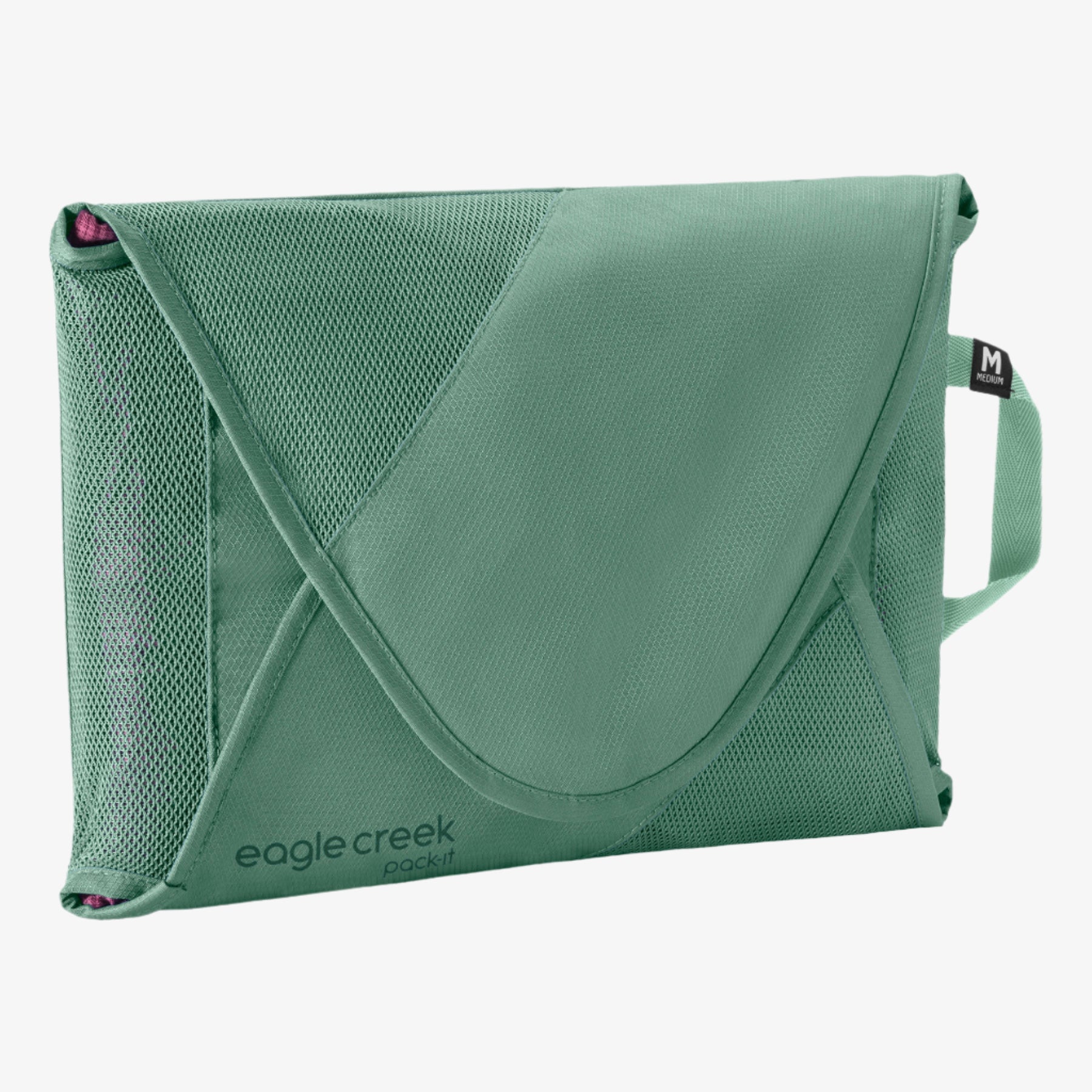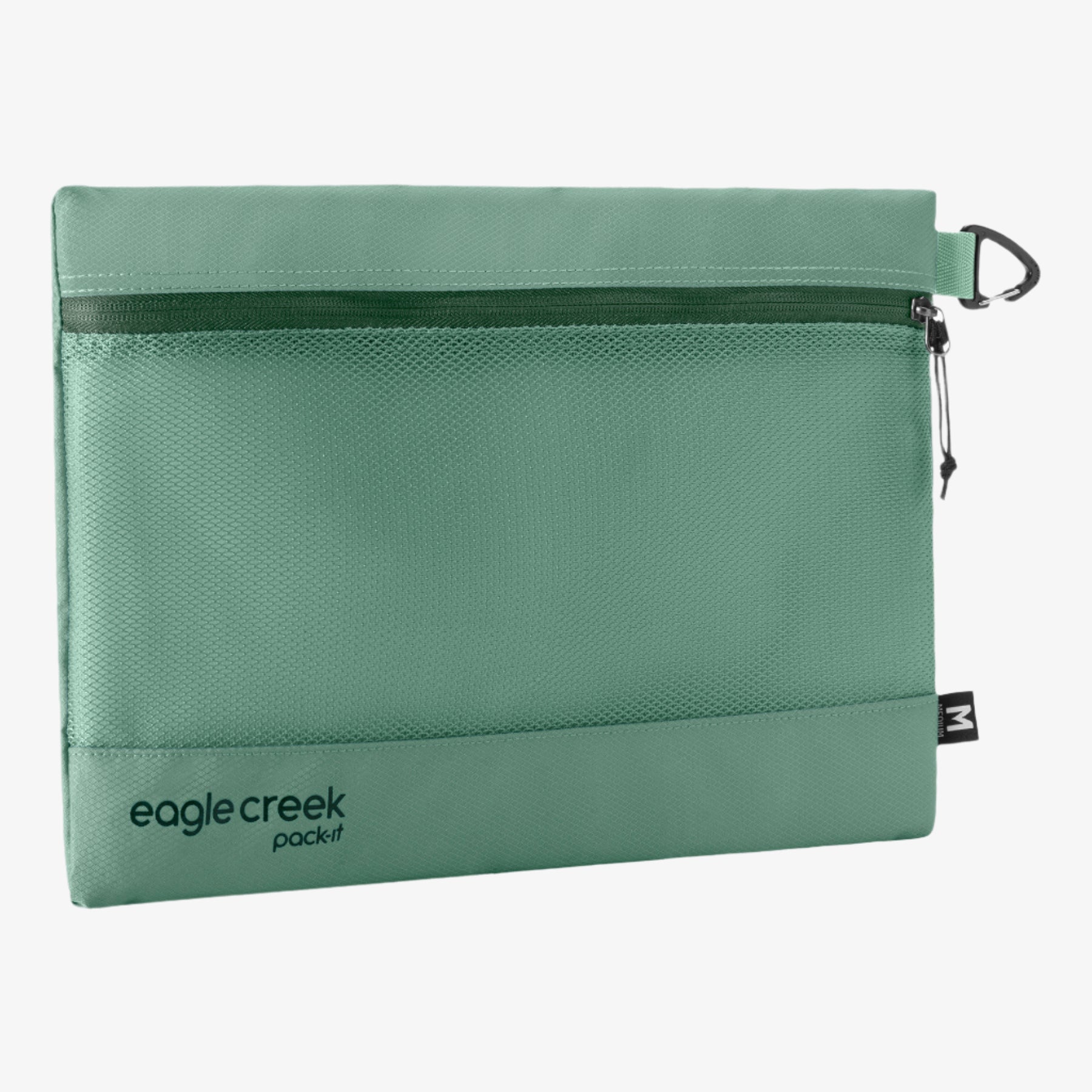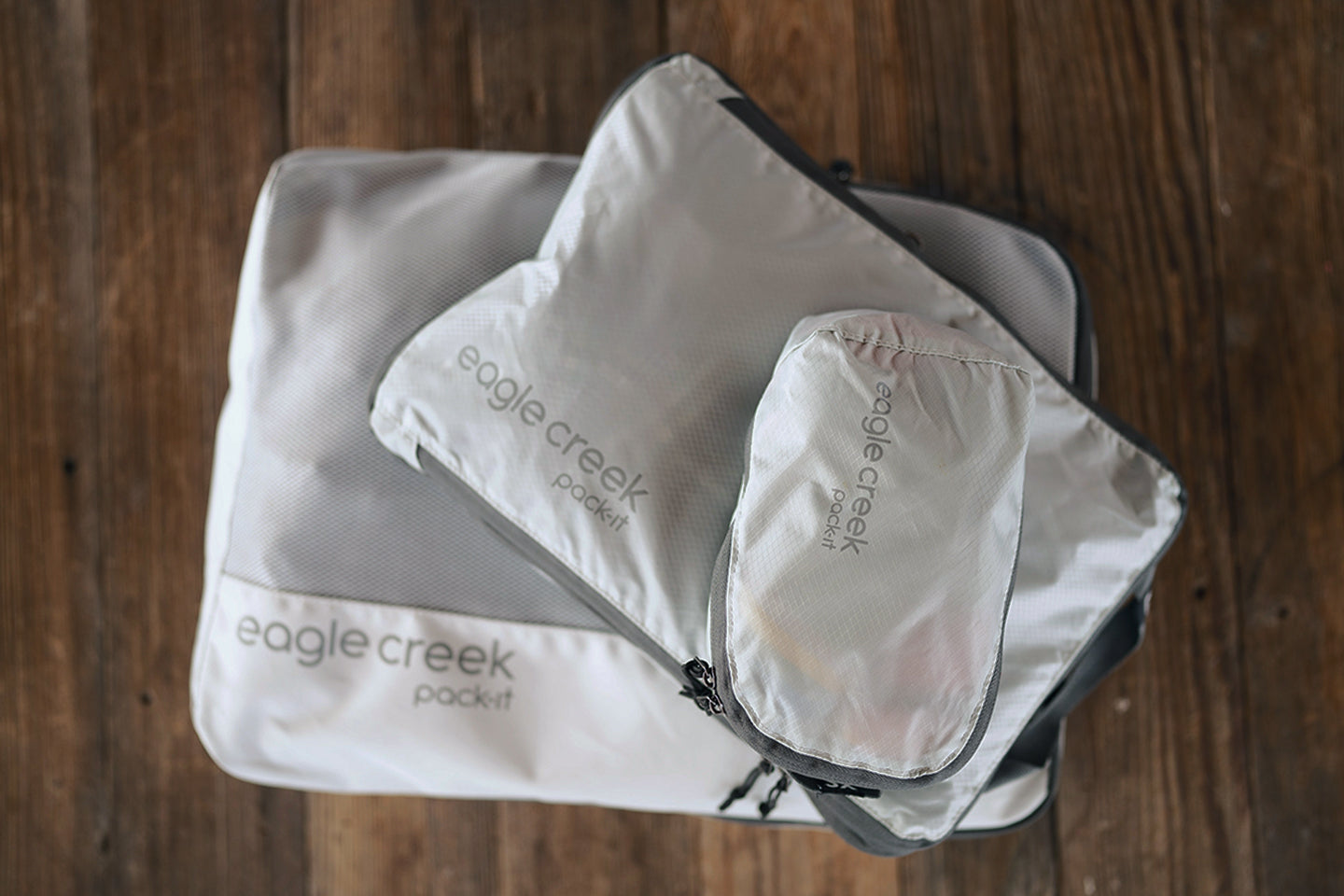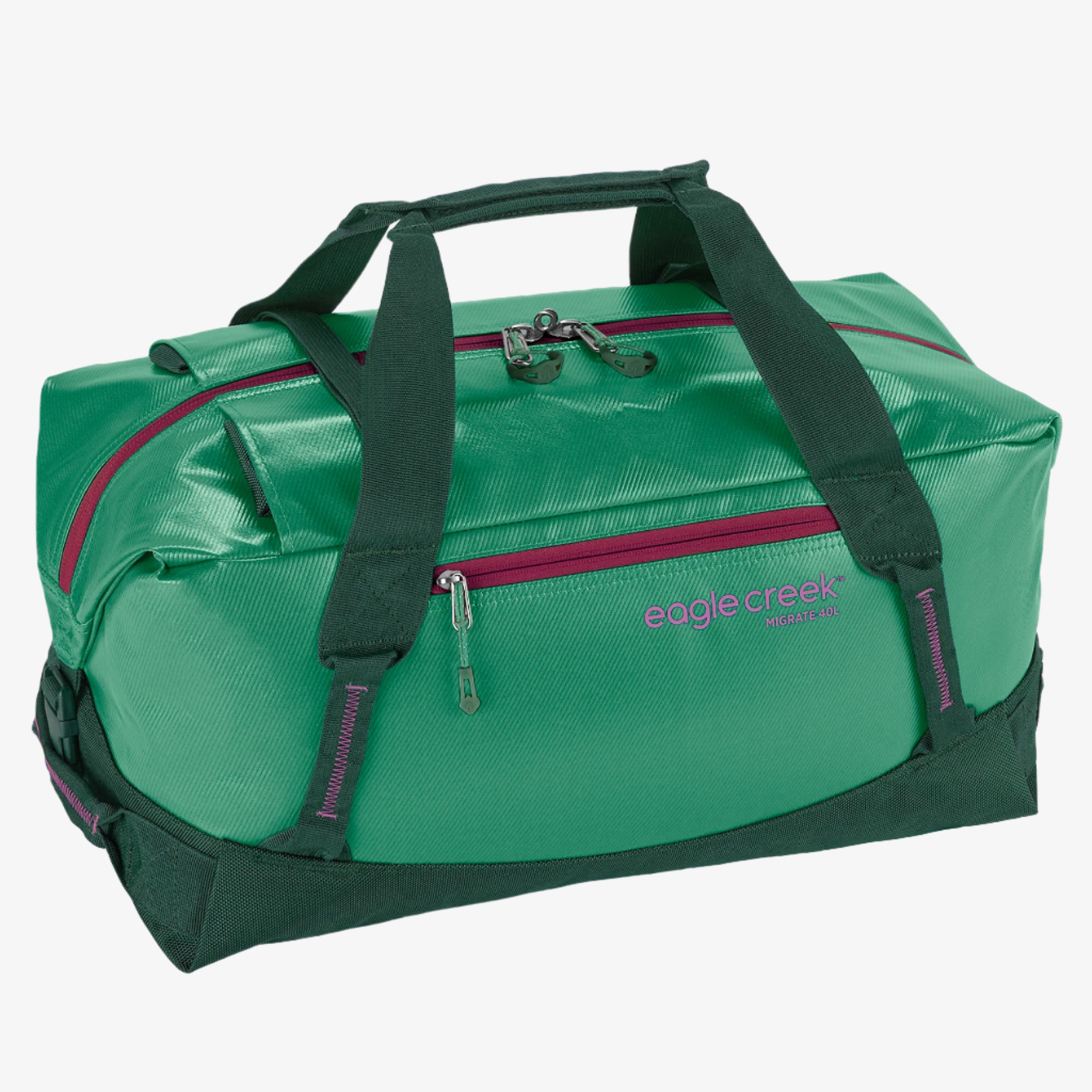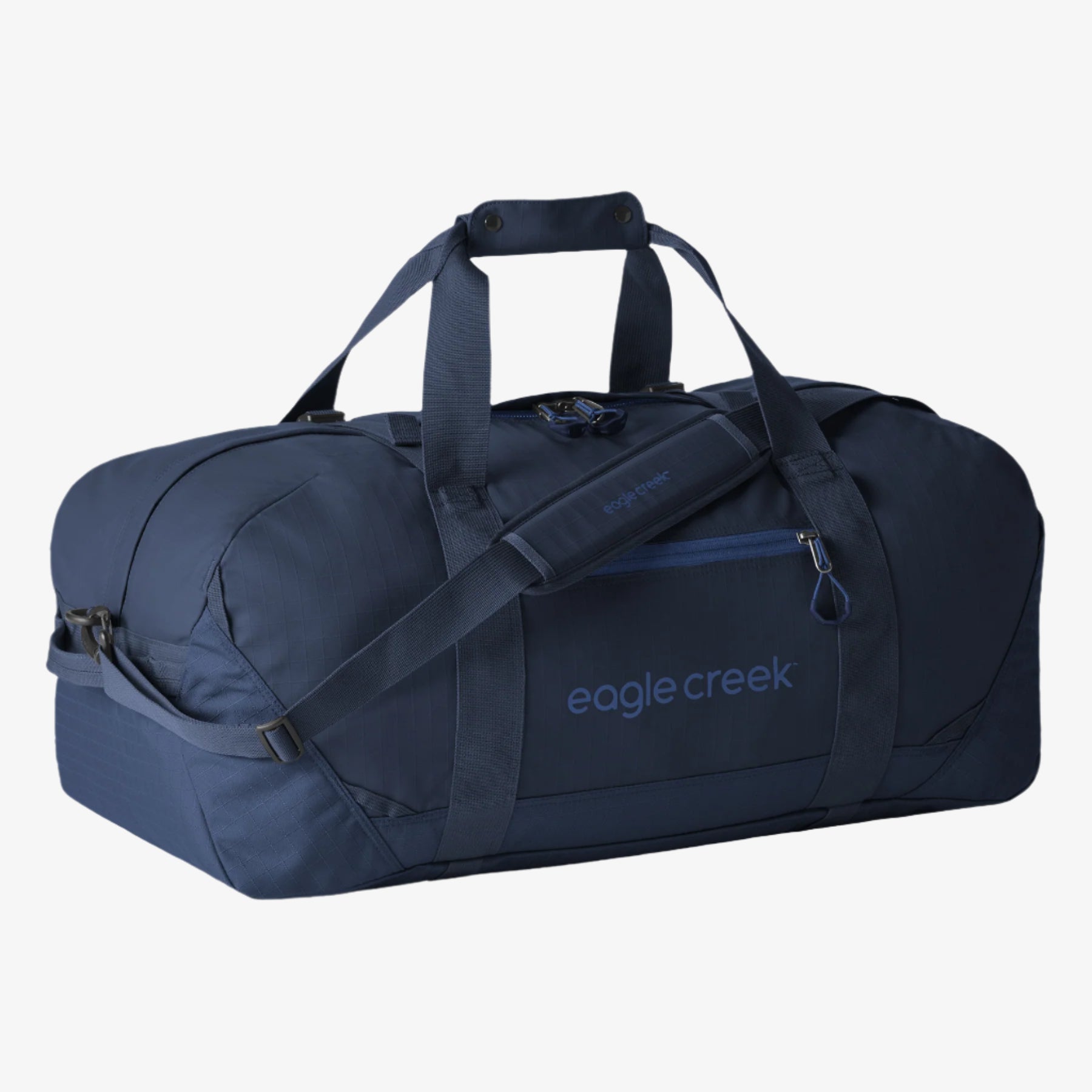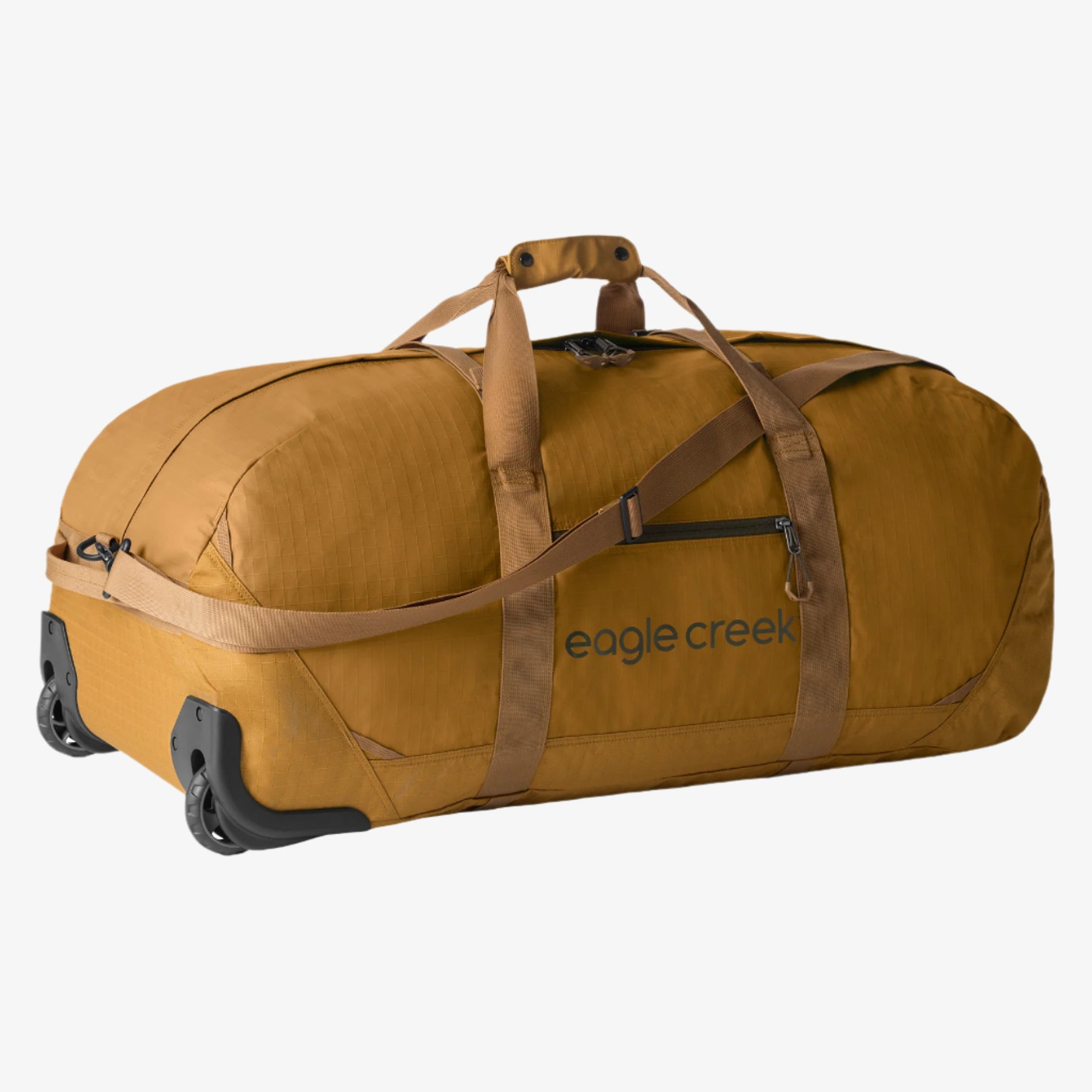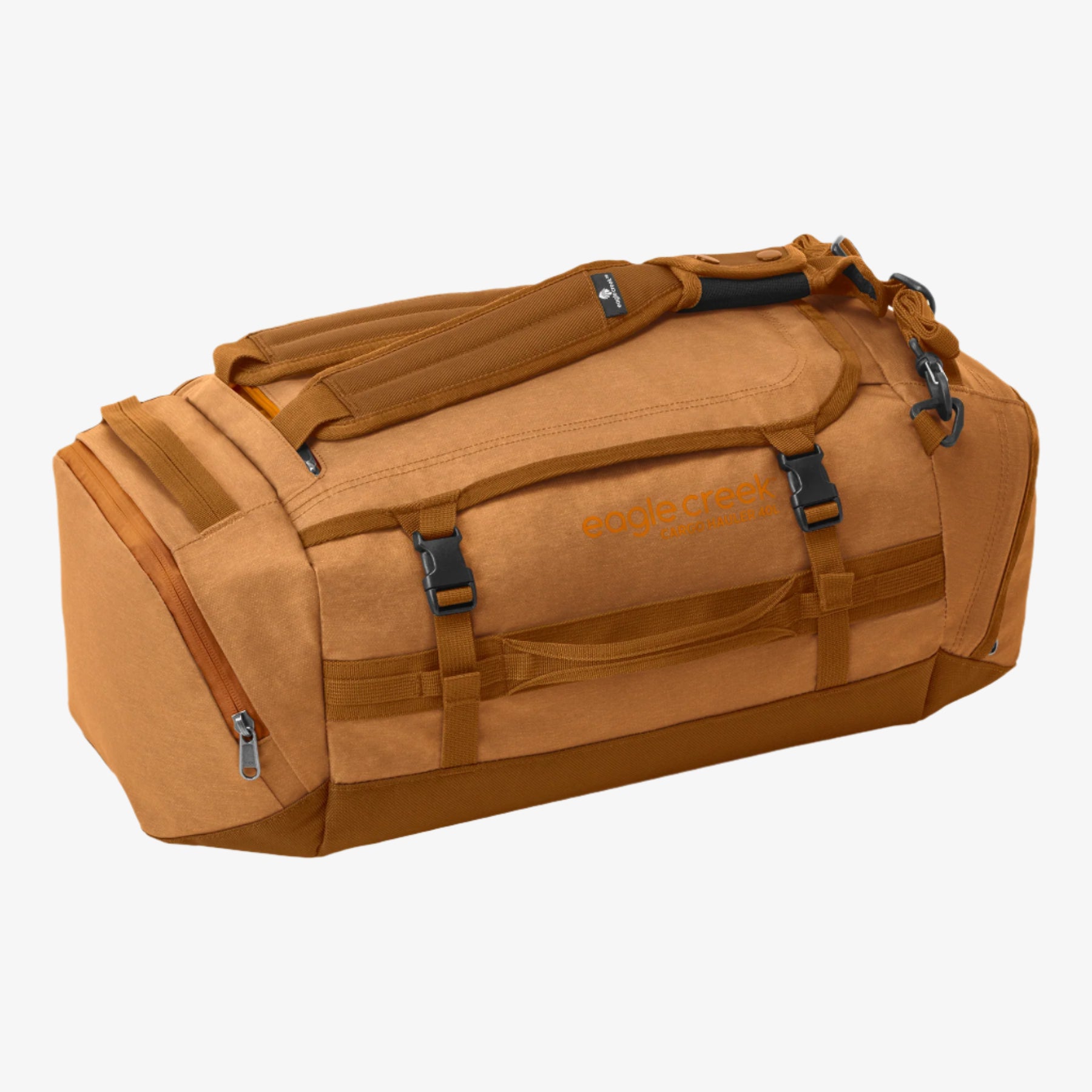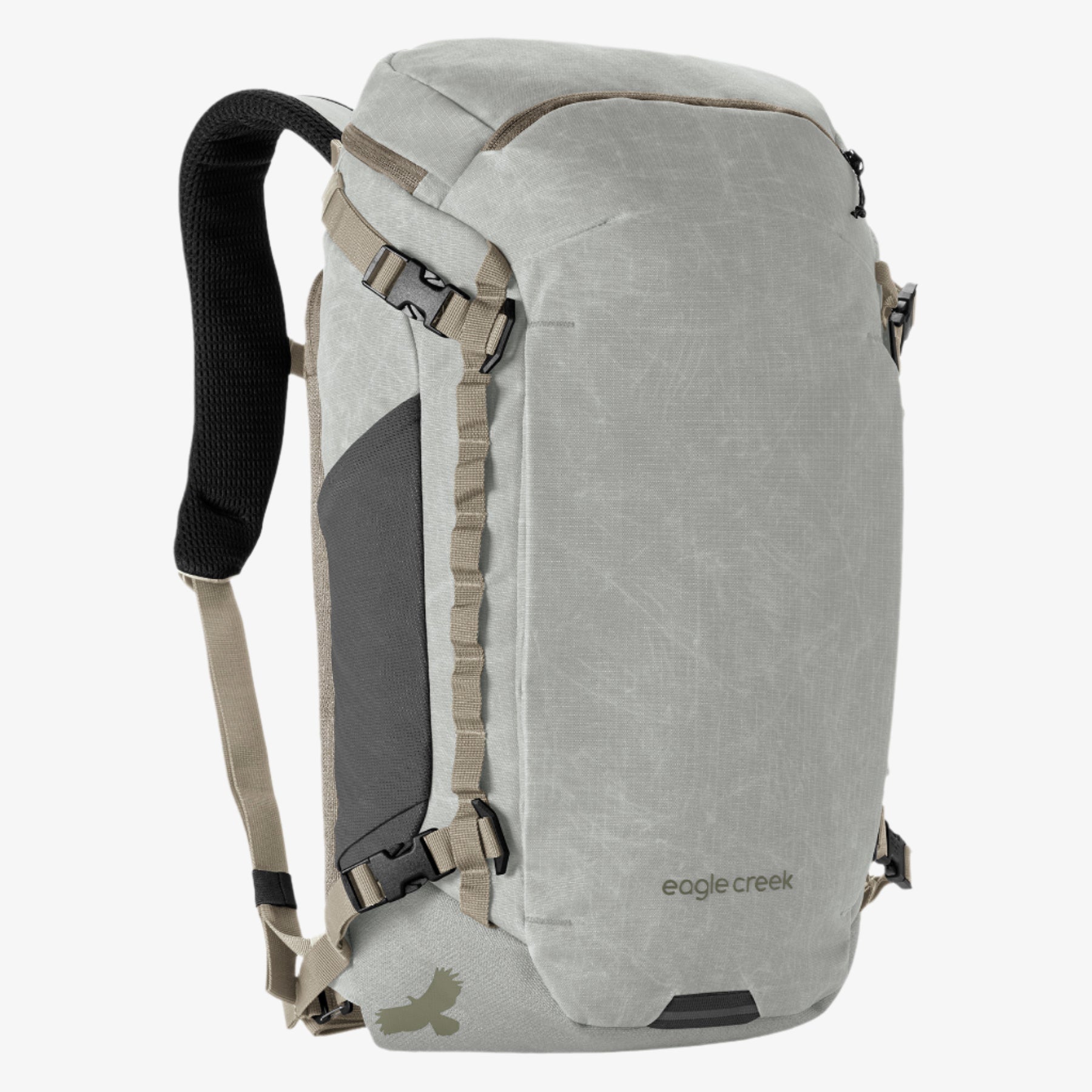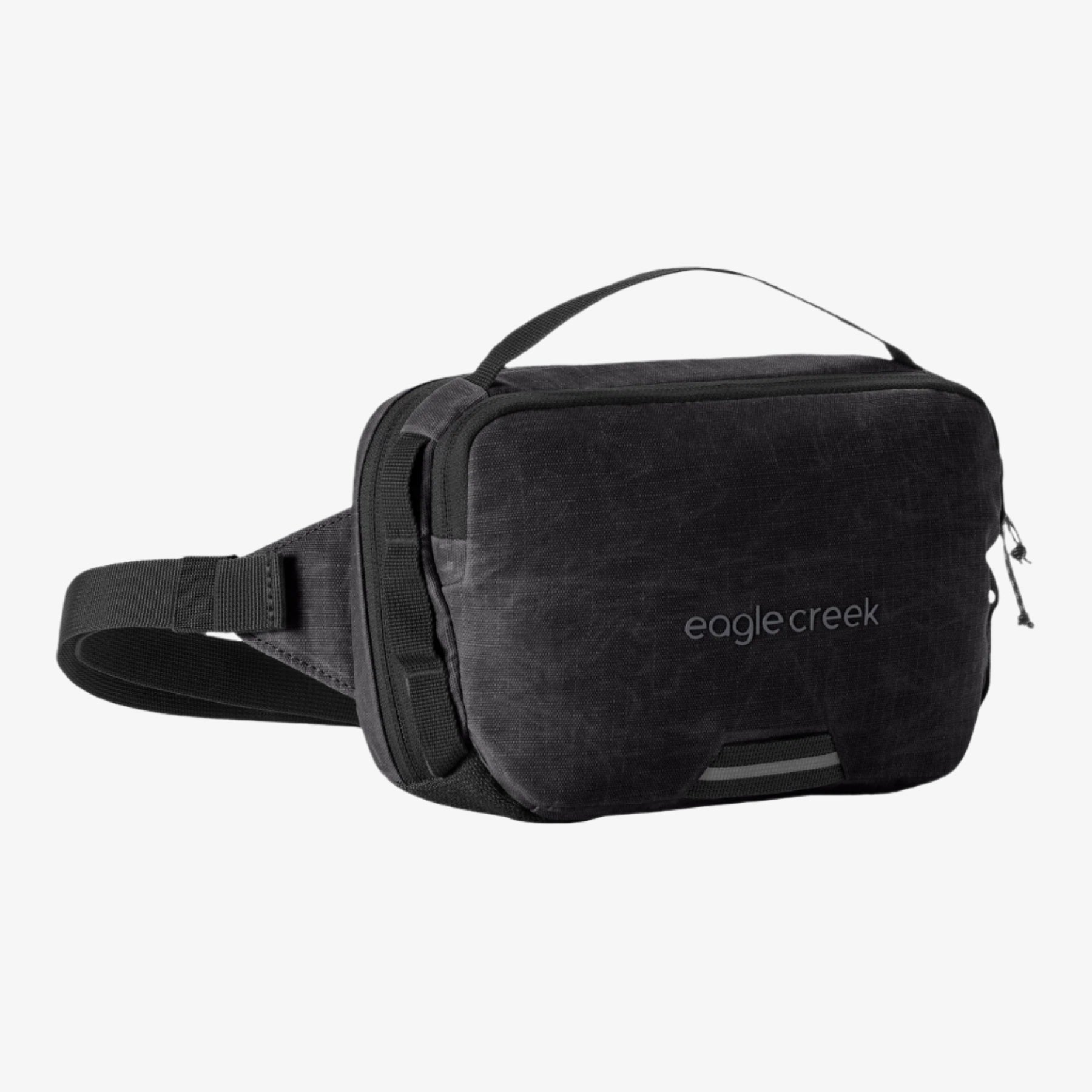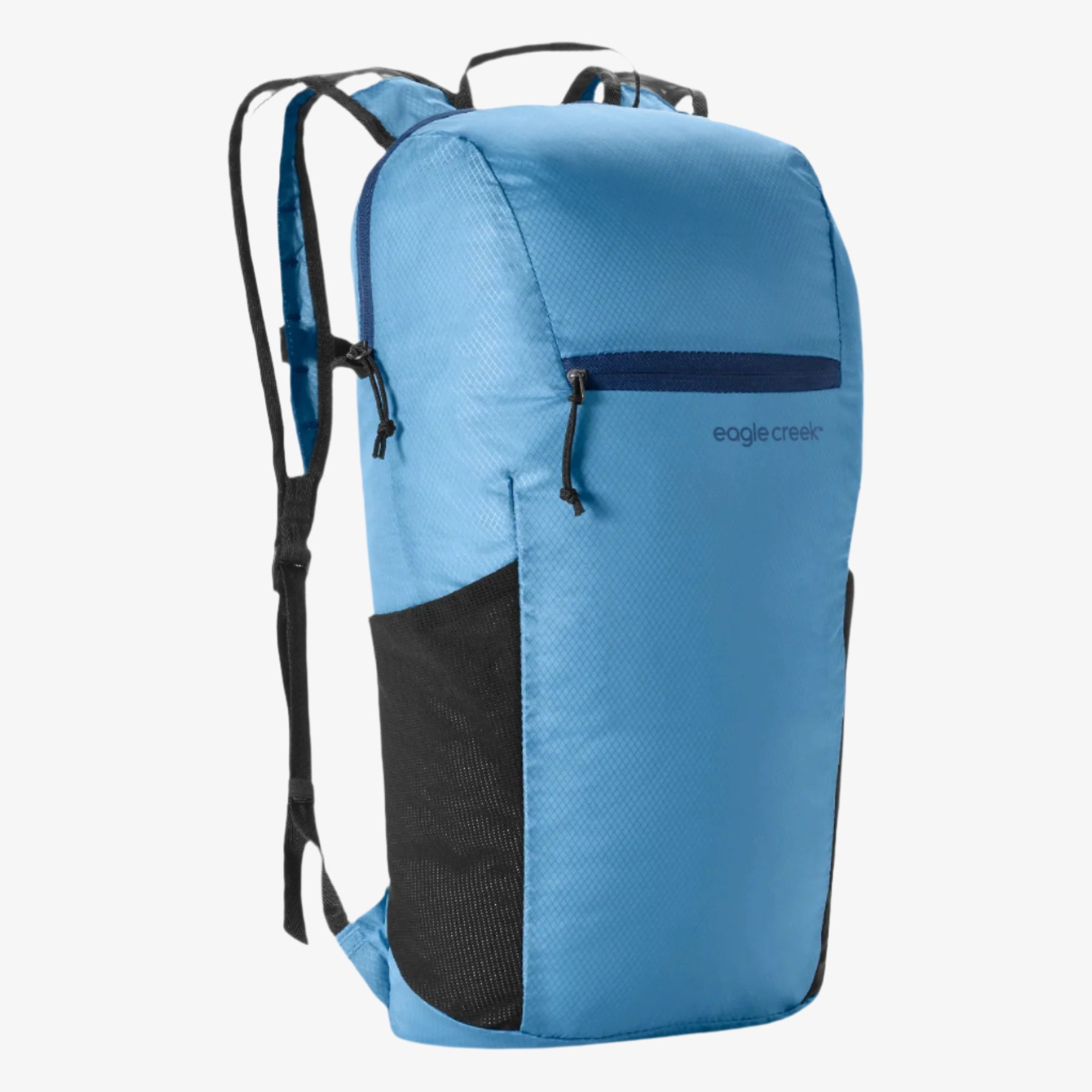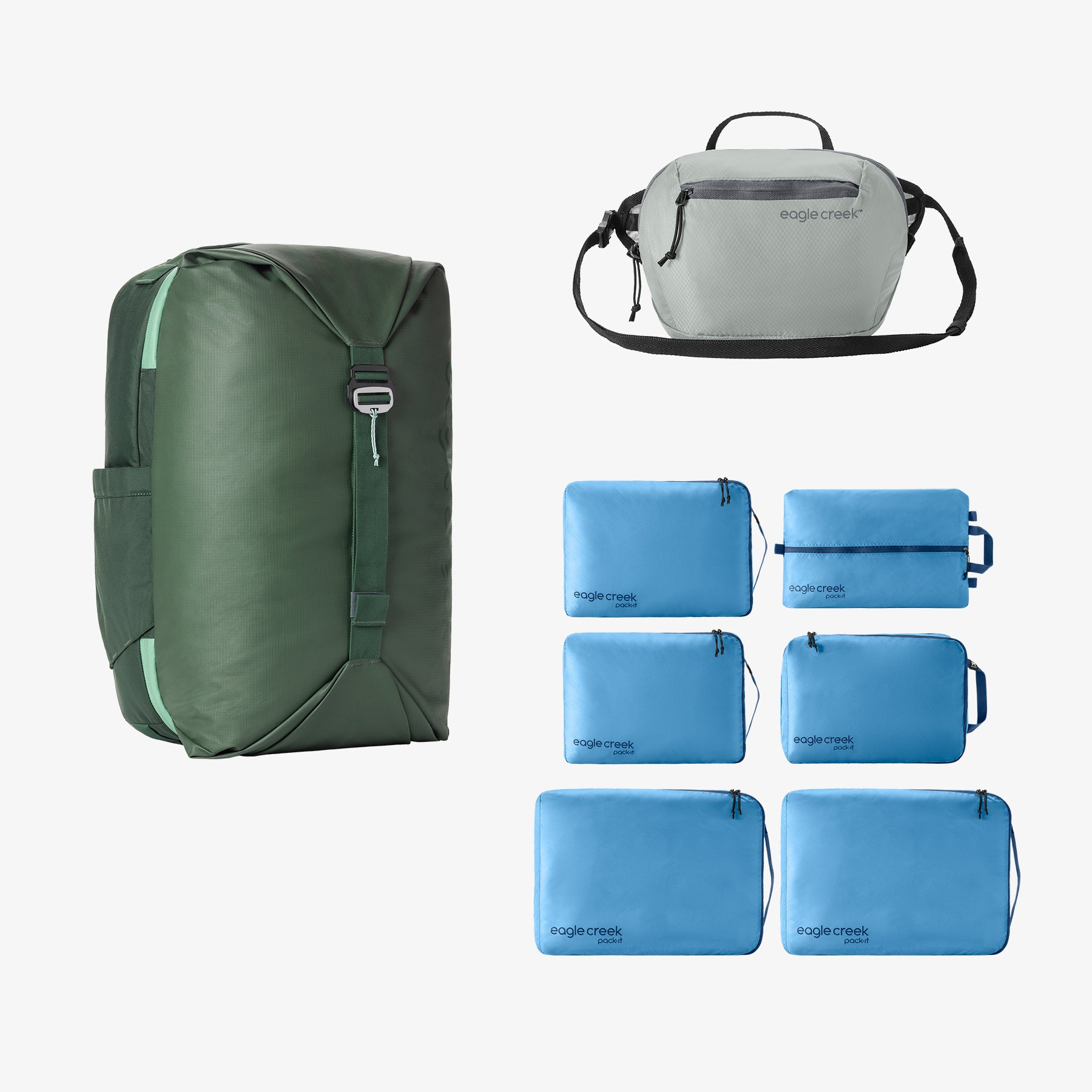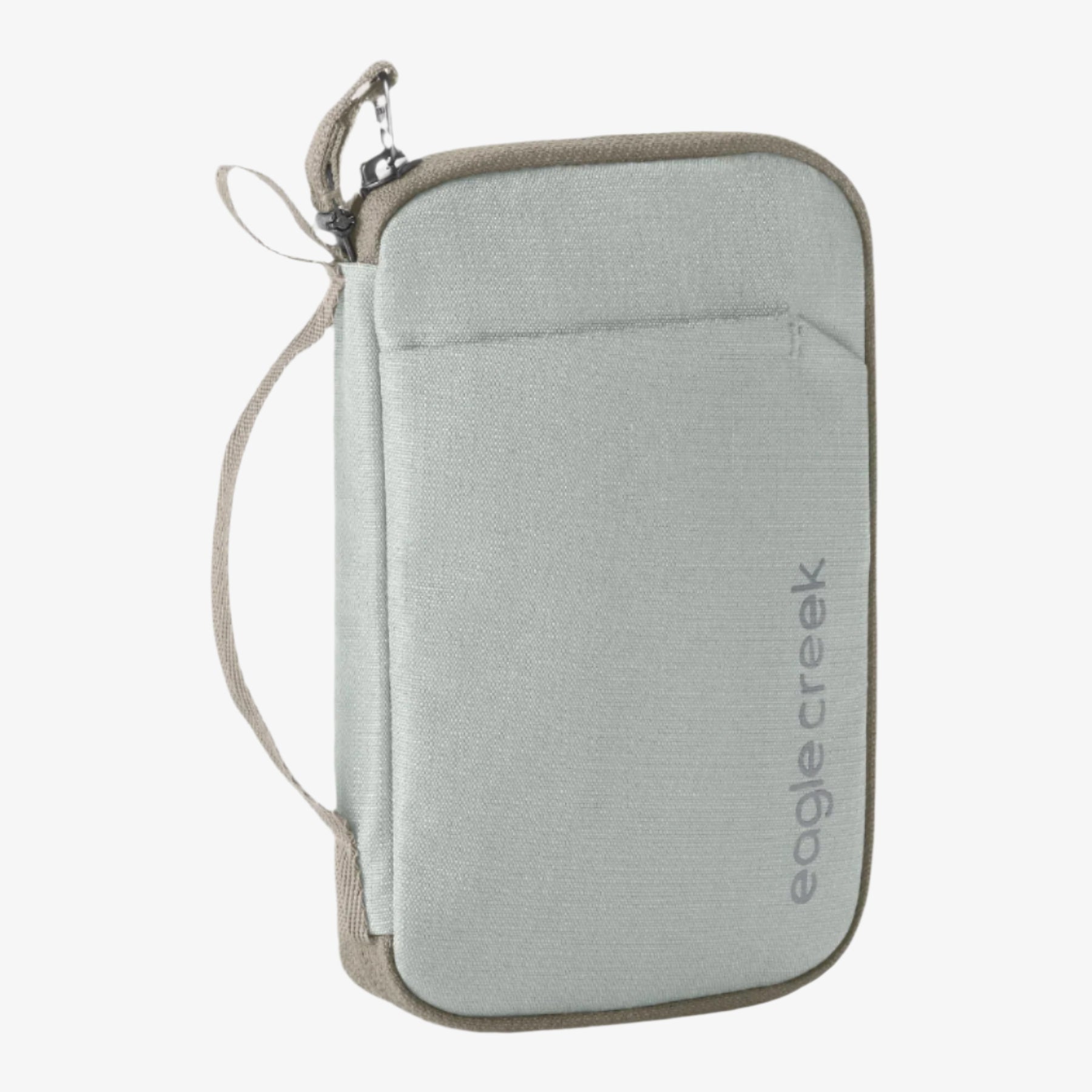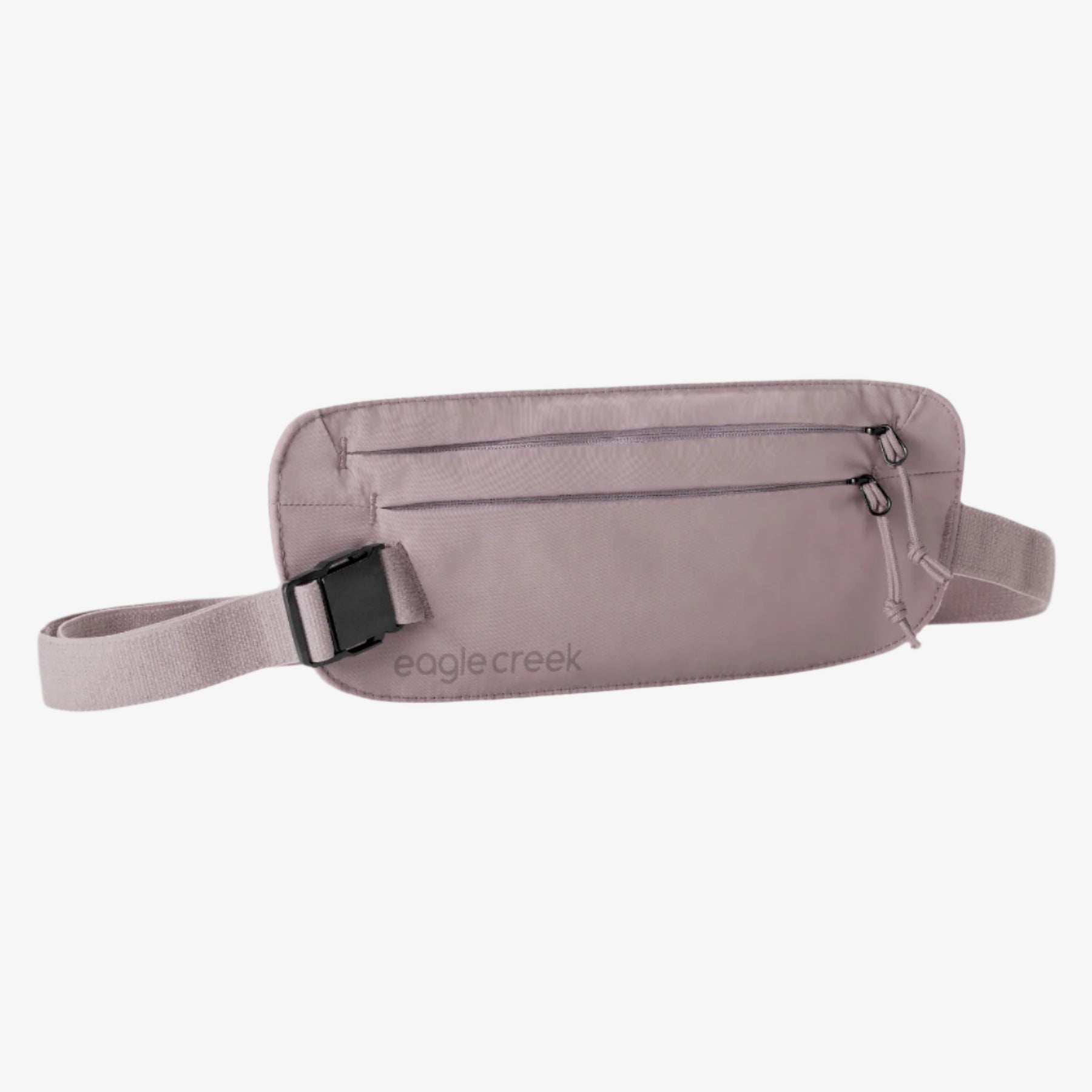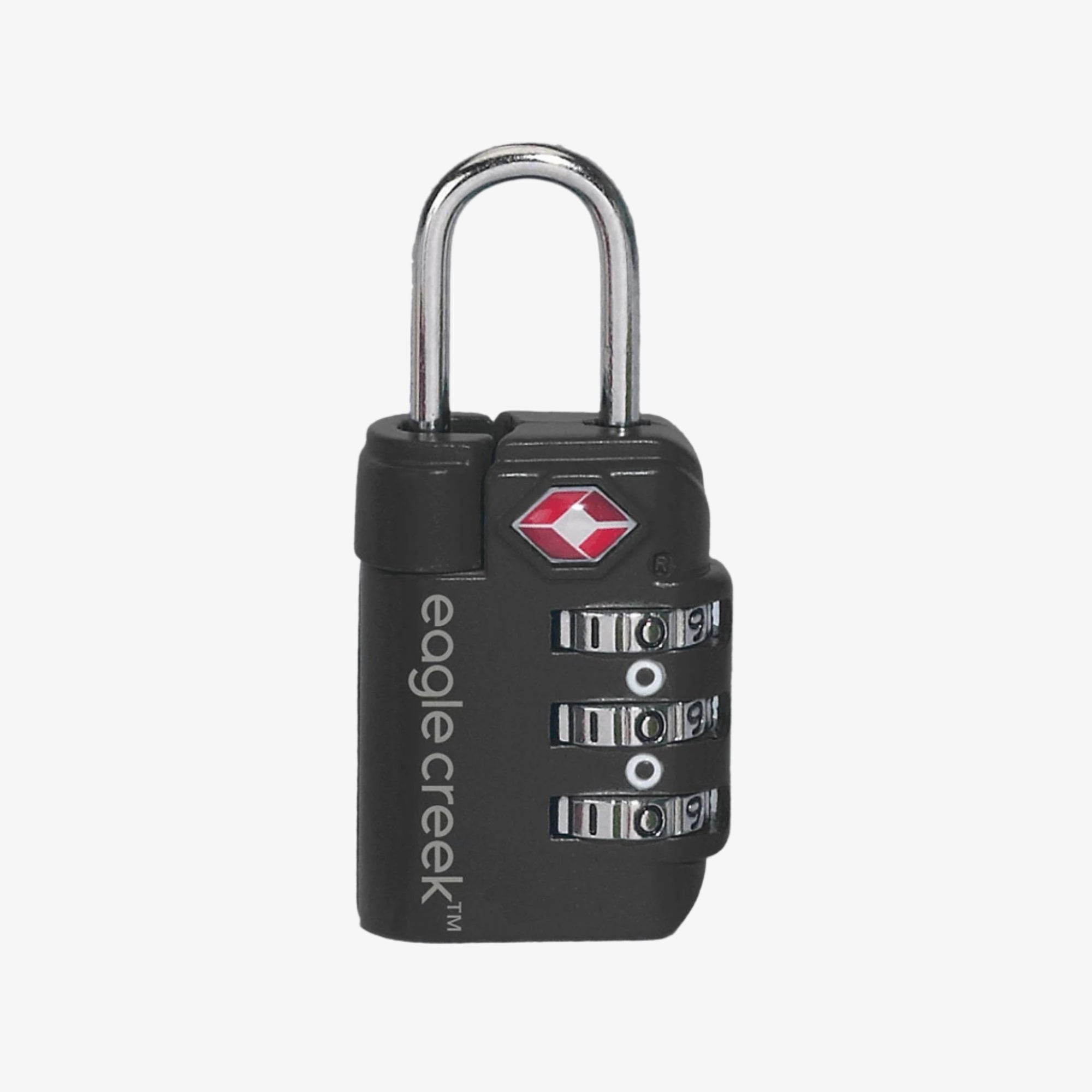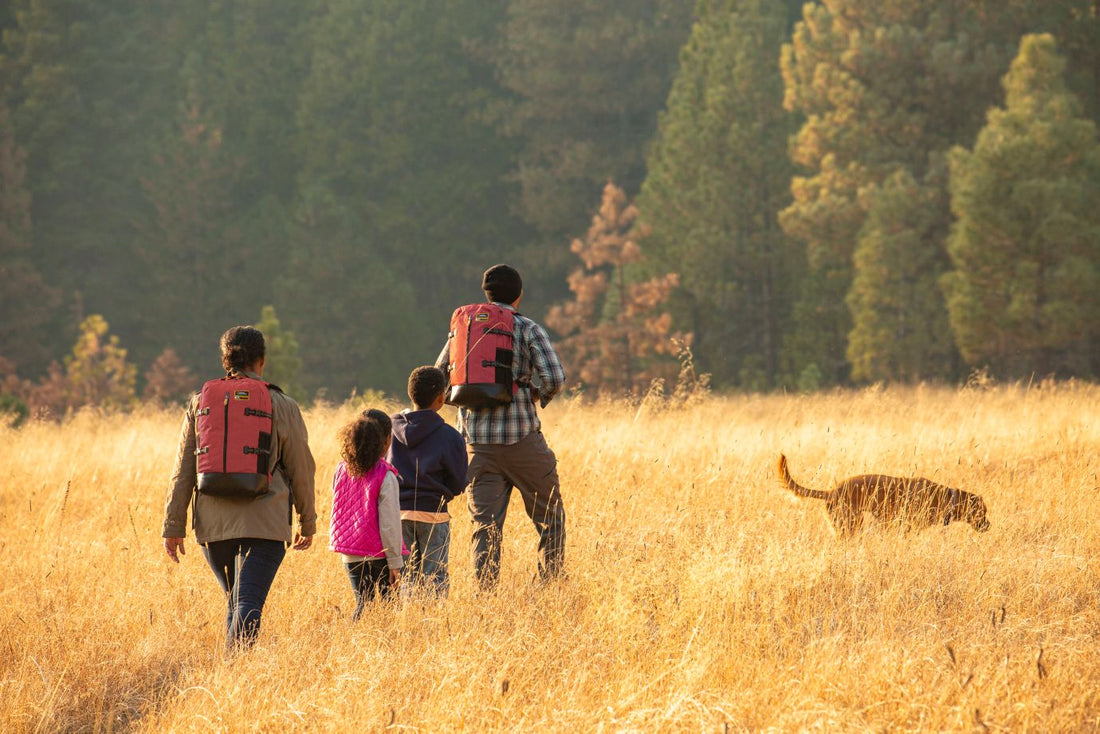
Tired of setting limits for your kids’ screen time? Planning a hike can help them unplug, get active, and even inspire a love of nature. Hiking with young kids is more doable than you might imagine, and an outdoor enthusiast shares six tips for making a hike with your school-age children fun and memorable for all involved.
When I was eight, I hiked out to Ringing Rocks in Upper Black Eddy, PA with a family hiking club. My parents tucked hammers in their packs so my sister and I could “ring” the rocks. Each step we took on the forested path out to the seven-acre boulder field was full of excitement—a memory I cherish to this day.
Hiking is a great way to spend time with your kids free of daily distractions. The outdoors is a natural school, where they can learn about nature, ecology, endurance, and how to set and achieve goals. But motivating your child to wake up early for a weekend hike can be tough. If you’re new to hiking with young children, these tips will help you get off to a good start.
1. Choose a sturdy bag and have your child help pack it.
For a day hike, equip both you and your child with durable backpacks and have your child pack his or her own gear. Keep in mind that you may have to carry water and heavier items for younger children who are too small to carry much weight. And if you’re packing for a National Park trip, be sure you have not only family-sized duffel bags for your gear, but the right lightweight backpacks to accompany your day hikes and explorations.
For parents, the Wayfinder Backpack 30L is designed with a sternum strap helps distribute weight, tugs less on the shoulders, and keeps the pack from sliding around when rock scrambling after your kids or jumping from rock to rock. One parent can also wear the Wayfinder Waist Pack M for quick access to essentials—sunscreen, snacks, camera, etc.
For middle school or high school aged children capable of doing longer hikes or backpacking, consider a medium-sized travel pack like the Wayfinder Backpack 20L.
Younger children should carry their own lightweight daypack big enough to fit snacks and water—the Wayfinder Backpack Mini is a great option. Encourage your child to pack a healthy lunch, with high-calorie snacks that could include trail mix they make themselves with nuts, dried fruit, M&Ms, or other goodies.
2. Pick the right footwear.
Be sure your child has a pair of sturdy athletic shoes with sticky soles or hiking boots that you don’t mind getting muddy. Proper fitting shoes with plenty of toe room are essential. Shoes that are too tight can lead to sore toes, while shoes that are too large can cause blisters. Have them tie their laces snugly and avoid large loopy bows that can catch on lace hooks and lead to a face plant.
3. Start with modest hikes and allow extra time.
Start with short hikes of only two or three miles and have your kids set goals for longer hikes as they get in shape. When possible, schedule extra time into your hike so your kids can explore something they find—a rock cave, mushrooms growing on a log, butterflies in a meadow, or a toad or salamander crossing their path. Who knows, that interest could develop into a school science project.
If you’re visiting a U.S. national park, look into the free Junior Rangers program for young kids, which offers interactive activities you can explore on your hike.
4. Choose fun hikes and use a reward system.
Choose hikes in local, state, or national parks that have interesting natural features: a waterfall, a dramatic ledge with a view, or an overnight with a stay in a mountain hut so you can observe the starry night sky. Having a reward system can also help motivate kids if they start to get tired. This can be as simple as, “We’ll take a rest at the top of the next ledge,” or “Let’s have ice cream after the hike.” Wherever you hike, make it an adventure!
5. Teach respect for the environment.
While spending time in the woods, teach your child the leave no trace principles, including packing in and packing out any waste, and leaving rocks and plants as you find them to protect the outdoors.
6. Hike with other families who share your interests and goals.
Introducing hiking to your children early in life helps develop a healthy lifestyle and love of the outdoors. If you want to meet other hiking families, consider joining a regional hiking club, the Appalachian Hiking Club, or the Sierra Club.
There are so many places to explore, choose the right family-friendly travel gear to last you through countless active family adventures.
Related Links (from Eagle Creek blog):


